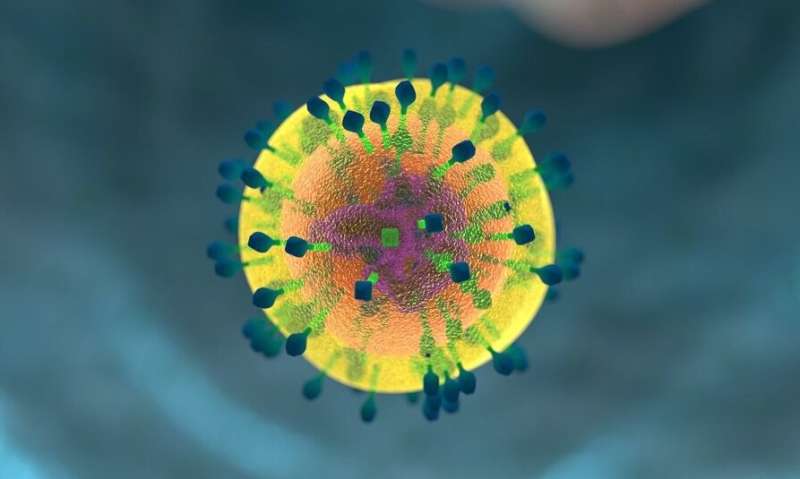BATMAN brings T cell receptor therapy out of the shadows

Sadie Harley
scientific editor

Andrew Zinin
lead editor

Imagine your immune cells could be modified to attack any kind of cancer. T cell receptor (TCR) therapy has the potential to one day become a universal cancer treatment. But there are risks. Similarities between cancerous and healthy cells can affect the body's immune response, causing T cells to attack unintended targets.
TCR therapy needs laser focus to prevent friendly fire. New and curiously named AI developed at Cold Spring Harbor Laboratory (CSHL) could provide just that.
How does it work, and why do we need AI for the job? In biology, cells announce their state by displaying peptides on their surface. These peptides are used by T cells to distinguish cancerous and healthy cells. However, the number of peptides and TCRs in the human body is enormous, making it nearly impossible and extremely expensive to determine which peptides a given TCR can bind.
To address this issue, CSHL Assistant Professor Hannah Meyer teamed with Associate Professor Saket Navlakha and postdoc Amitava Banerjee. The team developed a massive new database containing over 22,000 TCR-peptide interactions. They call it BATCAVE. Spelunking a dataset this deep would take lifetimes. So, the team built an AI model. What do you call AI engineered to comb the BATCAVE? What else but BATMAN.
The work has been published in Cell Systems.
Navlakha explains, "We trained [BATMAN] on a bunch of TCRs and what they recognize. But give me a new TCR that is not in my database, and I need to figure out what it binds to. So, we ask, which are the best peptides I should select to make predictions?"
During testing, BATMAN outperformed competing models in accurately predicting which peptides bind to a given TCR. The heroic AI also revealed why seemingly unrelated peptides get caught in the crossfire.
Meyer explains, "It's not enough to just count differences between potential targets. It matters where the difference is and what type of difference it is. Our model is already good enough to tell us if there are peptides we should be concerned about for targeted [cancer] therapies."
Despite the promise, there's more to be done before BATMAN can venture from the BATCAVE for potential clinical use. As large as the database is, it houses a fraction of all possible TCR-peptide pairs. More data could enhance BATMAN's performance and help scientists answer fundamental .
"There's a lot of variation in the body's T-cell response," Banerjee says. "If we can accurately predict how these cells and peptides interact, that will be very helpful for designing future therapies not only for cancer, but all human illnesses."
More information: T cell receptor cross-reactivity prediction improved by a comprehensive epitope mutation effect database, Cell Systems (2025).
Journal information: Cell Systems
Provided by Cold Spring Harbor Laboratory
















